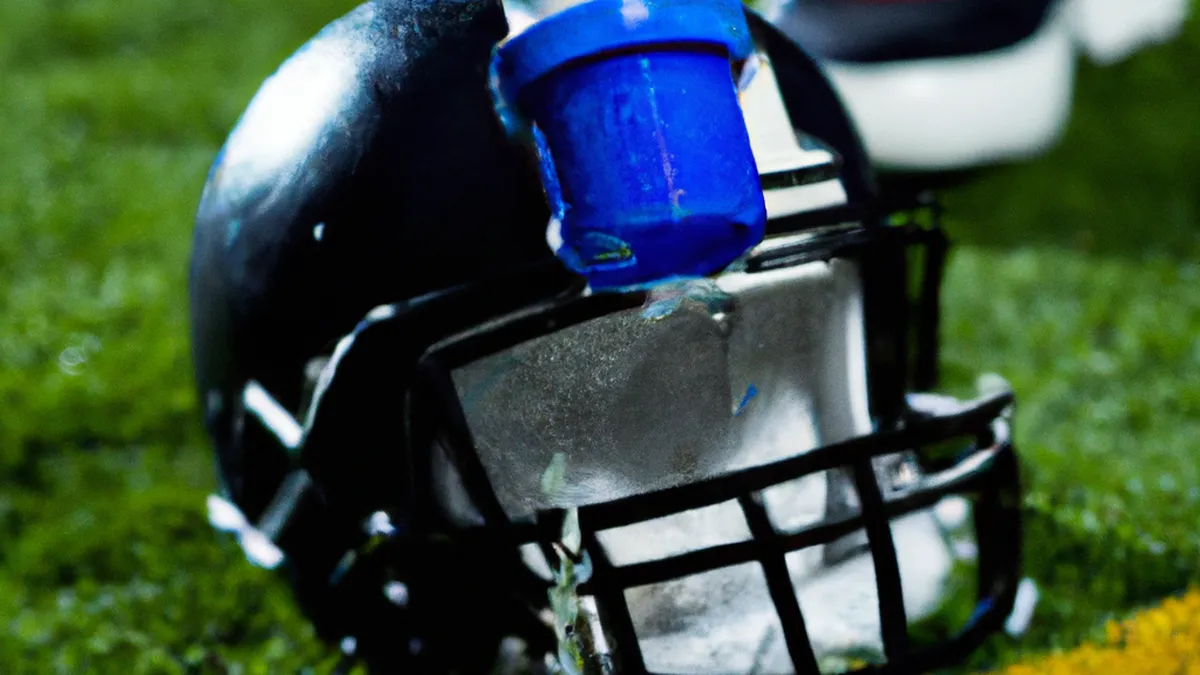Refresh: Water Intake for Runners
Strategic Hydration Based on AnalyticsStay hydrated for optimal health and performance. Many people overlook hydration’s strategic aspect. Use analytics to tailor your fluid intake to your unique needs. This blog post explains how data can enhance your hydration strategy, boosting physical and mental performance.
Understanding Your Hydration Needs
Hydration requires a personalized approach. Factors like age, weight, activity level, and climate affect hydration needs. Athletes need more fluids than sedentary individuals due to sweat loss. People in warmer climates should adjust fluid intake compared to those in cooler areas.Track your daily water intake to determine your specific needs. Use apps or tools to log consumption and visualize habits over time. This data helps identify hydration patterns, like drinking more on certain days or during specific activities.
Analyze Environmental Factors
Climate significantly influences hydration. Hot, humid conditions increase sweat loss and require more water. Cold weather can also cause dehydration, as people often forget to drink when they feel less thirsty.Keep a hydration log alongside local weather data for effective analysis. Correlate water intake with temperature and humidity levels to gain insights. You might notice needing more water on sunny days compared to cloudy ones.
Monitor Activity Levels
Your activity level directly affects how much you should drink. For instance, a 30-minute workout requires different hydration than a full day of hiking or running a marathon. Use fitness trackers or smartwatches to monitor activity levels accurately.These devices provide insights into calories burned, sweat loss, and heart rate during exercise. Use this data to guide your hydration strategy and replenish fluids adequately. After high-intensity workouts, increase your water intake significantly to compensate for sweat loss.
Tips for Strategic Hydration
As an Amazon Associate I earn from qualifying purchases.
Gear tip: consider electrolyte mix, soft flask, and hydration tablets to support this topic.
Implementing a strategic hydration plan requires consistency and awareness. Here are practical tips to enhance your strategy:
1. Set Daily Goals
Establish a daily water intake goal based on individual needs. Aim for about 2 liters (or 8 glasses) of water daily, but adjust based on activity level, climate, and personal health. Track progress using an app or journal. Setting achievable goals helps monitor hydration habits effectively.
2. Drink Before You Feel Thirsty
Don’t wait until you feel thirsty to drink. By then, you may already be dehydrated.
Conclusion
This post highlights the importance of understanding hydration needs and using data for strategic hydration.
Below are related products based on this post:
FAQ
Why is hydration important for health and performance?
Hydration plays a crucial role in maintaining optimal health and enhancing physical and mental performance. Many individuals overlook the strategic aspect of hydration, which can be tailored to meet unique needs through data analytics.
What factors influence individual hydration needs?
Individual hydration needs vary based on factors such as age, weight, activity level, and climate. For example, athletes typically require more fluids due to higher sweat loss, while those in warmer climates may need to adjust their intake compared to those in cooler areas.
How can I effectively track my hydration?
To effectively track your hydration, consider using apps or tools that allow you to log your daily water intake. This data helps you visualize your consumption patterns and identify trends, such as increased drinking on specific days or during particular activities.















Post Comment